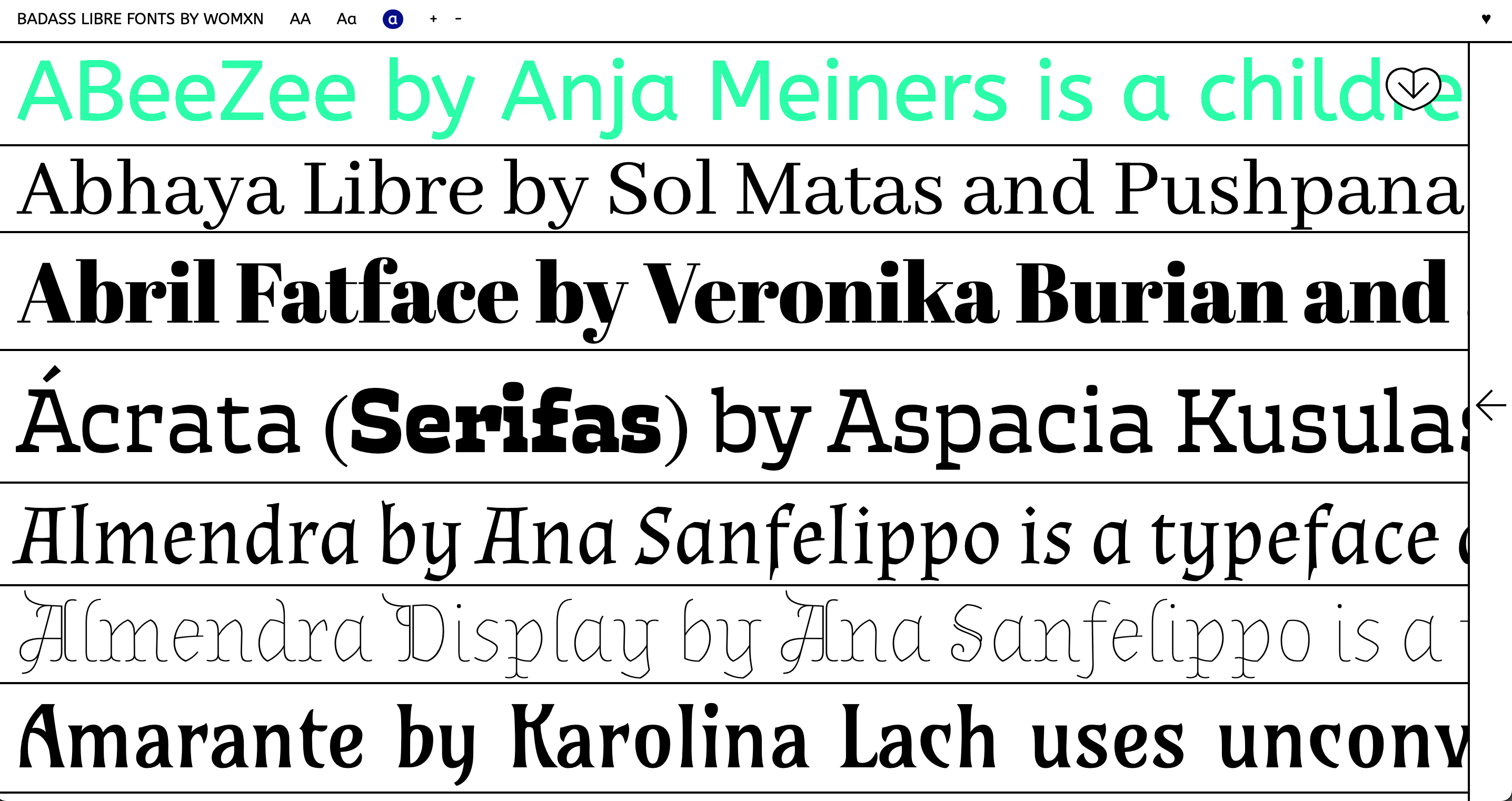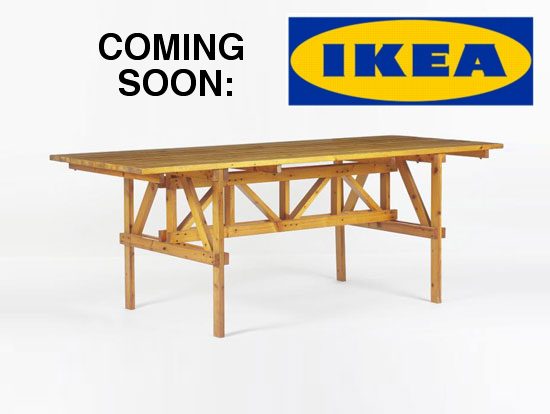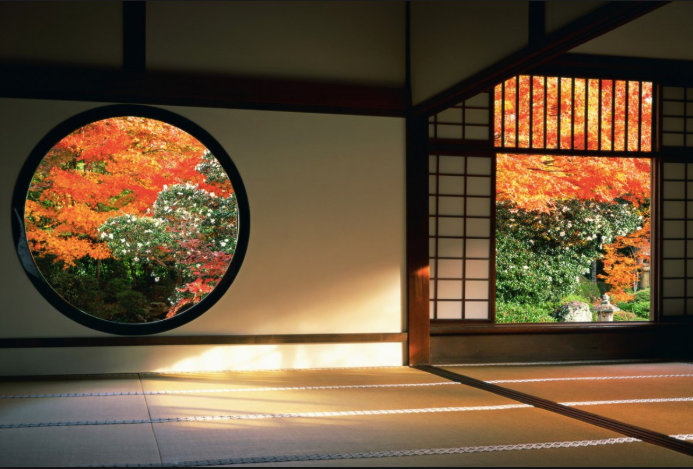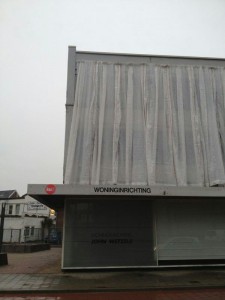De draaglijke lichtheid van het kunstenaarsbestaanOver de onzekerheden van artistieke carrières1.Werken kunstenaars wel écht? Kan met andere woorden het kunstenaarschap als een beroep worden beschouwd? En ook: valt de uitbouw van een artistieke loopbaan te vergelijken met een modale beroepscarrière? Deze vragen, in het bijzonder de laatste, zijn binnen en buiten de wereld van de kunst natuurlijk al lang beantwoord. Dat verwondert niet, want geen sociale wereld zonder een minimum aan collectief gedeelde en daarom sociaal werkzame interpretatie- of observatieschema’s, die op een bindende en tevens dwingende wijze identiteiten vastleggen – van personen of beroepen evengoed als van objecten of artefacten. Kunstwerelden illustreren bijzonder treffend de performativiteit en effectiviteit van dit soort collectieve interpretatieschema’s. Daarbinnen worden de aanspraken van kunstenaars en hun werken op een meer algemene symbolische of sociale erkenning immers gedurig gedifferentieerd en gewaardeerd, met behulp van enkele stereotiepe leesrasters. Eén daarvan draagt een onmiskenbaar romantische stempel en scheidt iemands strikt artistieke ontwikkeling haast volledig van een daaraan externe context. Dat heeft directe gevolgen voor de manier waarop een kunstenaarscarrière, in de professionele zin van het woord, überhaupt kan worden geobserveerd. Het schema in kwestie impliceert meer bepaald een instrumentele visie op carrières, die trouwens ook buiten de kunstwereld hoogst gangbaar is en bijvoorbeeld opduikt in het kunstsociologische werk van Pierre Bourdieu. Laat ik deze beweringen eerst kort toelichten. Vervolgens steek ik door naar een sociologisch meer steekhoudende visie op het carrièrefenomeen in het algemeen en op kunstenaarscarrières in het bijzonder.
Source: De draaglijke lichtheid van het kunstenaarsbestaan – De Witte Raaf








